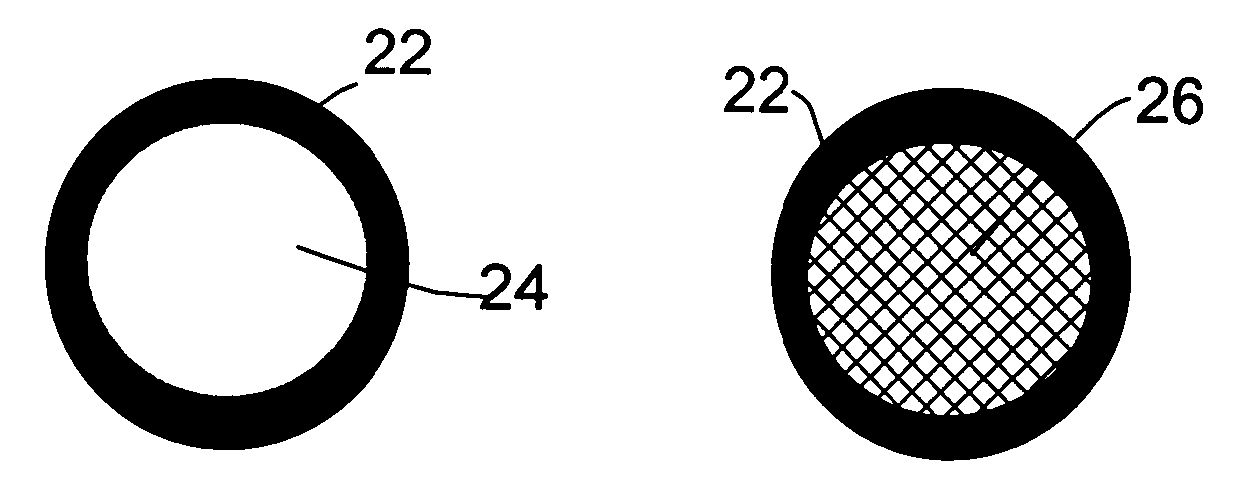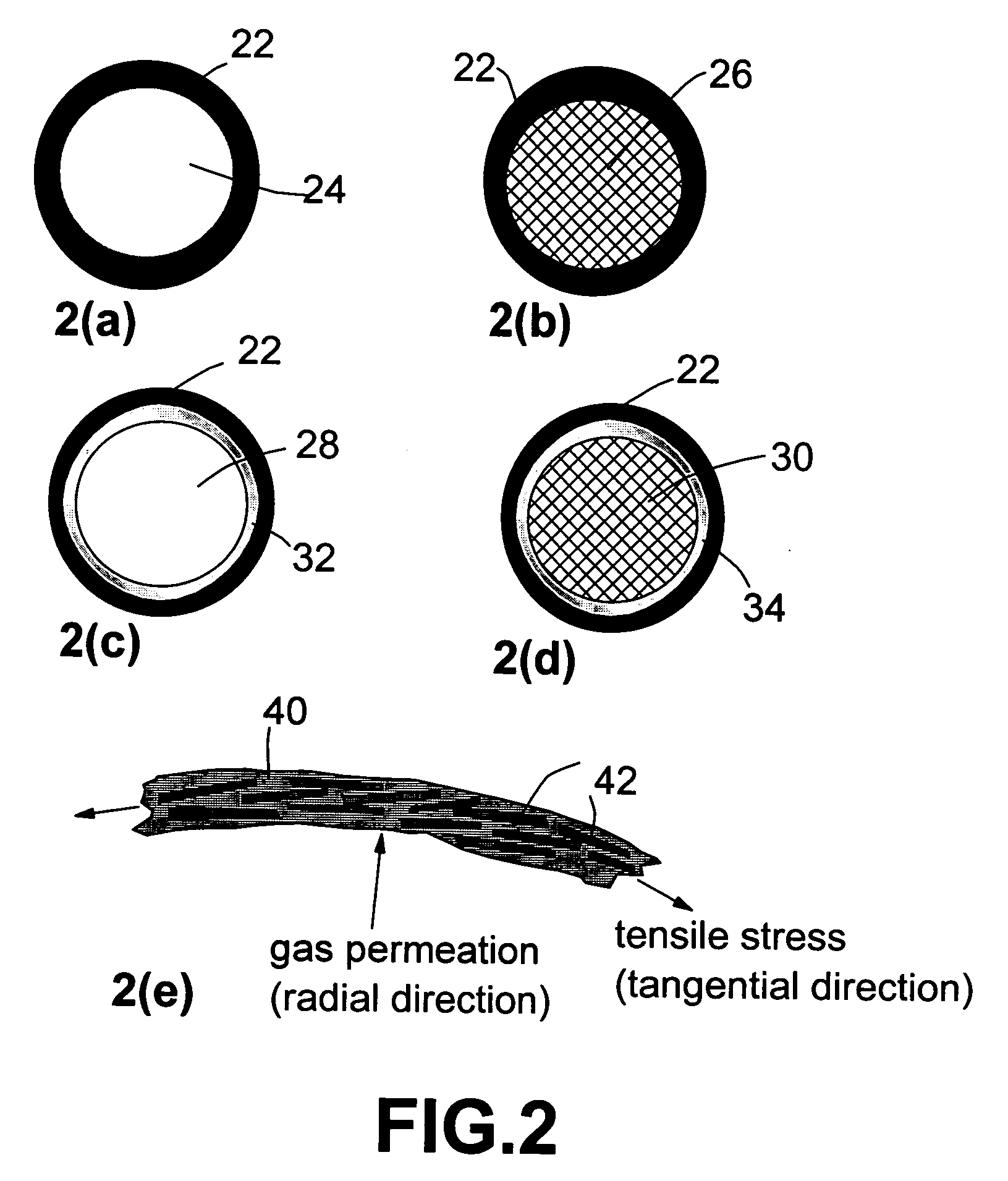Nanocomposite compositions for hydrogen storage and methods for supplying hydrogen to fuel cells
a technology of hydrogen storage and compositions, which is applied in the direction of packaging, natural mineral layered products, synthetic resin layered products, etc., can solve the problems of unsafe and not portable, lack of an acceptable lightweight and safe hydrogen storage medium, and the cost of super-insulating materials for storing liquefied hydrogen containers
- Summary
- Abstract
- Description
- Claims
- Application Information
AI Technical Summary
Benefits of technology
Problems solved by technology
Method used
Image
Examples
example 1
Preparation of Nano-Scaled Graphene Plate (NGPs) Based Nanocomposites
[0050] Natural flake graphite with an average size of 500 μm was subjected to an acid treatment by preparing a mixture of concentrated sulfuric acid and nitric acid at a 4:1 ratio, mixing a desired amount of graphite flakes in this acid mixture, and stirring the resulting “slurry” continuously for 16 hours. The acid-treated graphite sample was washed with water and then dried at 90° C. to remove water. The dried particles were then placed in a furnace preset at 650° C. for 2 minutes to obtain exfoliated graphite, which was then subjected to a mechanical attrition using a high-intensity planetary ball mill for 24 hours to produce NGPs. Portions of this NGP sample were then mixed with a matrix polymer or monomer to prepare several master batches of NGP-based nanocomposite coating compositions: Master batch (A): Suspensions comprising NGPs+Polystyrene+toluene Master batch (B): Mixtures of NGPs+epoxy resin+curing agen...
PUM
| Property | Measurement | Unit |
|---|---|---|
| Temperature | aaaaa | aaaaa |
| Temperature | aaaaa | aaaaa |
| Fraction | aaaaa | aaaaa |
Abstract
Description
Claims
Application Information
 Login to View More
Login to View More - R&D
- Intellectual Property
- Life Sciences
- Materials
- Tech Scout
- Unparalleled Data Quality
- Higher Quality Content
- 60% Fewer Hallucinations
Browse by: Latest US Patents, China's latest patents, Technical Efficacy Thesaurus, Application Domain, Technology Topic, Popular Technical Reports.
© 2025 PatSnap. All rights reserved.Legal|Privacy policy|Modern Slavery Act Transparency Statement|Sitemap|About US| Contact US: help@patsnap.com



